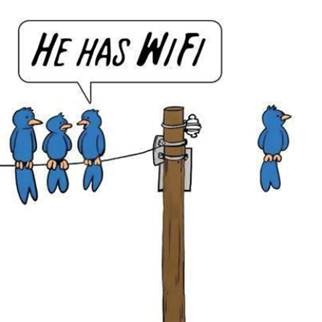AT&T recently launched a first-of-its-kind trial program that uses fixed wireless broadband networks and millimeter wave technology to bring high-speed internet, cable and wireless services to a set of apartment complexes in Minneapolis.
The trial uses point-to-point millimeter wave wireless technology and a combination of wireless signals and in-building wiring to deliver an “ultra-fast” 100 megabits-per-second connection that is accessible to each apartment unit in the complexes, according to AT&T.Residents in the trial program also have access to cable television through DIRECTV Advantage -- without having to install satellite dishes on their balconies. DIRECTV Advantage uses a single satellite dish on one building to send a video signal to a central distribution system for the entire property.









